Ancient Christian Mosaic Found in Israel Near Armageddon and Sparks Heated Religious Debate
In 2005, an incredible discovery was made in Israel: an ancient Christian mosaic with the inscription “To God Jesus Christ” dated to the 3rd century lies in what many Christians believe to be the future sight of Armageddon.
Now, Israel is considering excavating the entire mosaic and lending it to the infamous Museum of the Bible in Washington, and a heated debate has been sparked among Christians and archeologists around the world.
The Megiddo Mosaic
The incredibly important Megiddo Mosaic is believed to be the world’s first Christian prayer hall. According to carbon dating, the mosaic was created in the 3rd century, before the Roman Empire converted from Judaism. At that time, Christians were still being persecuted, but archaeologists believe the creators were residents of an adjacent Roman legionary camp.
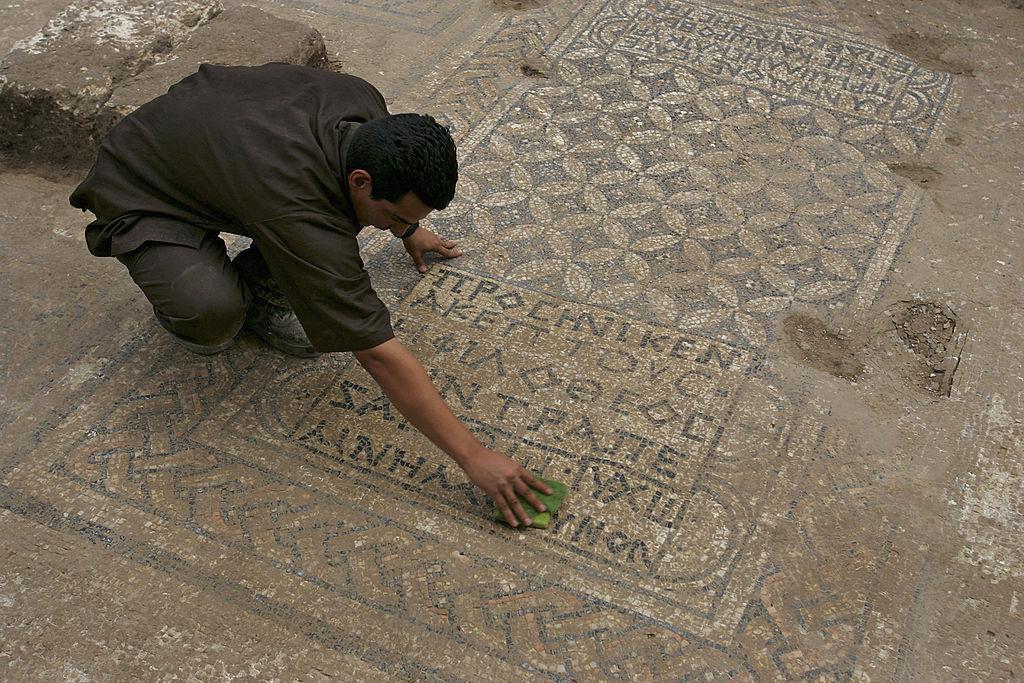
Source: David Silverman/Getty Images
The mosaic supposedly marks the site for where the prophesized apocalypse or Armageddon will take place when God will smite all those who have not accepted Jesus Christ as God.
Why Does the IAA Want to Move the Mosaic?
The Israel Antiquities Authority (IAA) has proposed to excavate the mosaic and move it to the Museum of the Bible in Washington for one major reason.
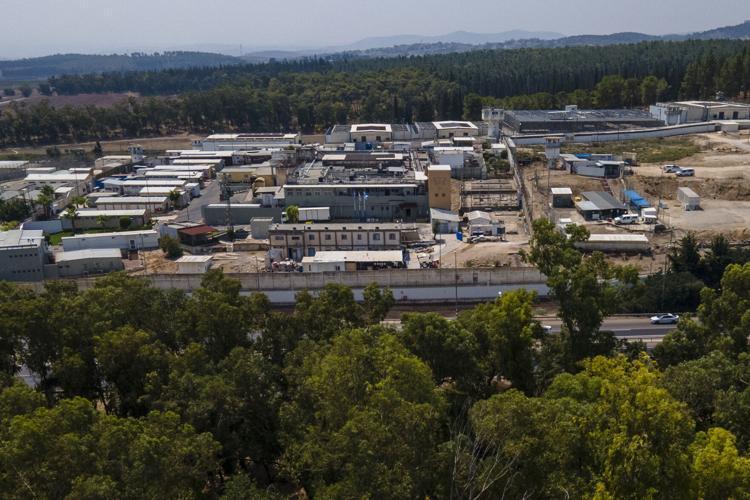
Source: Tulsa World
The mosaic is currently located within the proposed construction site of one of Israel’s prisons, and the IAA state that the mosaic is in danger of damage if it remains in its original locale.
Why Move it to the Museum of the Bible?
When the IAA started considering moving the mosaic, they needed to decide where it would go. The Museum of the Bible in Washington already hosts dozens of other important religious artifacts, but that’s not why the organization is being considered.
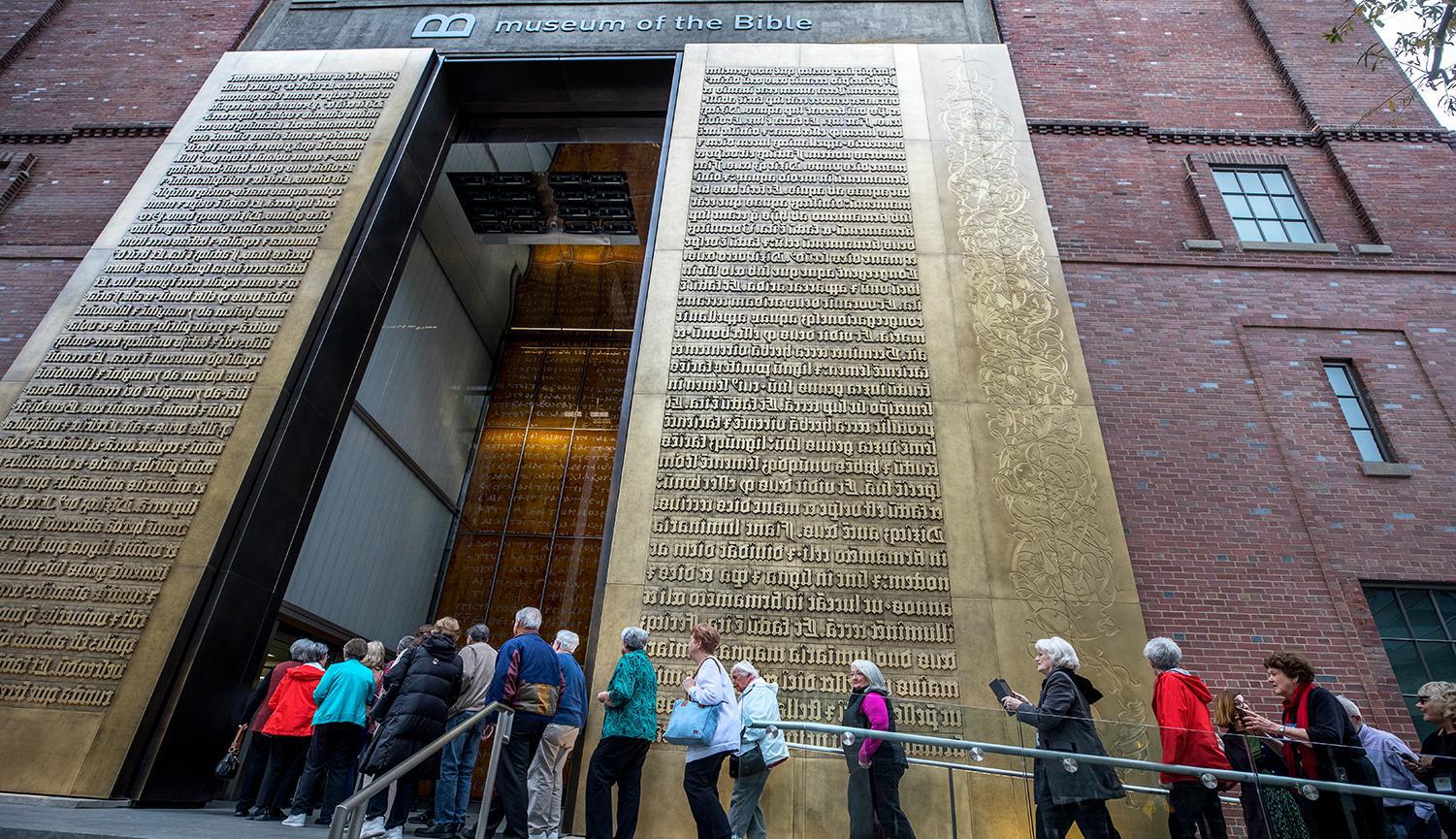
Source: MosaicMagazine
The truth is that the museum is run by Evangelical Christians, a facet of the religion which has quite extreme beliefs. However, Evangelics have been publicly and financially supporting Israel for years, and many believe that Israel is essentially awarding them for their contributions.
The Museum of the Bible’s Questionable Reputation
The museum itself has a bit of a questionable reputation. In 2018, it was forced to repatriate an ancient Mesopotamian tablet that was apparently looted from Iraq, and they have admitted that many of the Dead Sea Scroll fragments on display in the museum were actually forgeries.
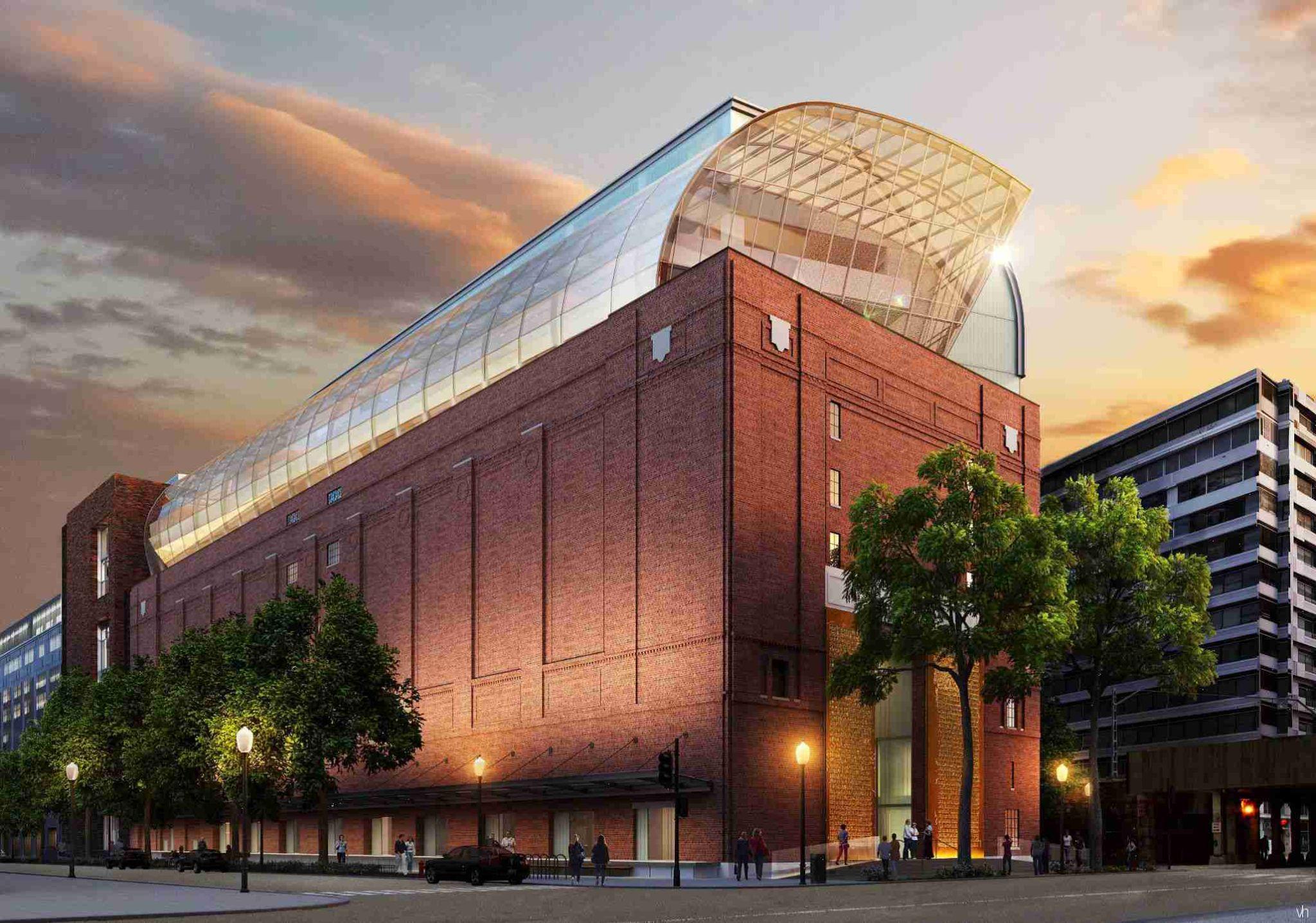
Source: TripSavvy
The authorities also confiscated thousands of other artifacts looted from Iraq by the museum’s president, Evangelical Christan Steve Green.
What Christians Worldwide Have to Say
While there are certainly many Christians who believe that the Museum of the Bible is not a safe place for the mosaic, many others state that the problem is not about the destination, but moving the mosaic.
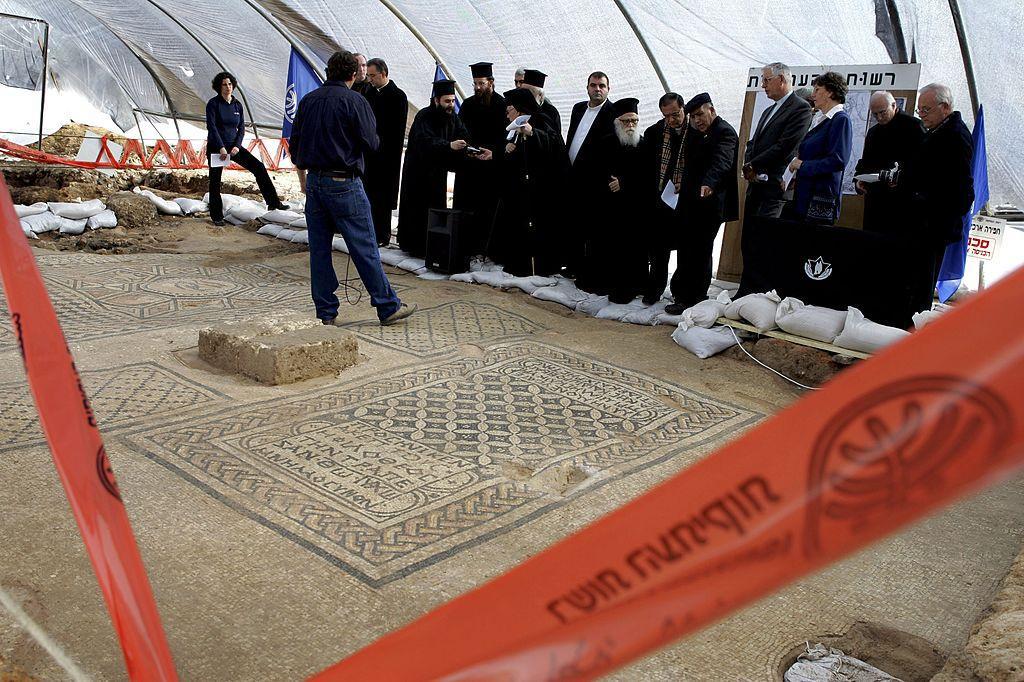
Source: David Silverman/Getty Images
The mosaic is supposedly the site of the prophesied end of the world, and among the more than 2 billion Christians on the planet, many agree that the location is extremely important and should not be tampered with.
Many Archeologists Believe the Mosaic Should Not Be Moved
Many archeologists agree that the mosaic should stay where it is, but not because of religious reasons. Candida Moss, a theology professor at University of Birmingham, explained why: “Once you take any artifact outside of its archaeological context, it loses something, it loses a sense of the space and the environment in which it was first excavated.”
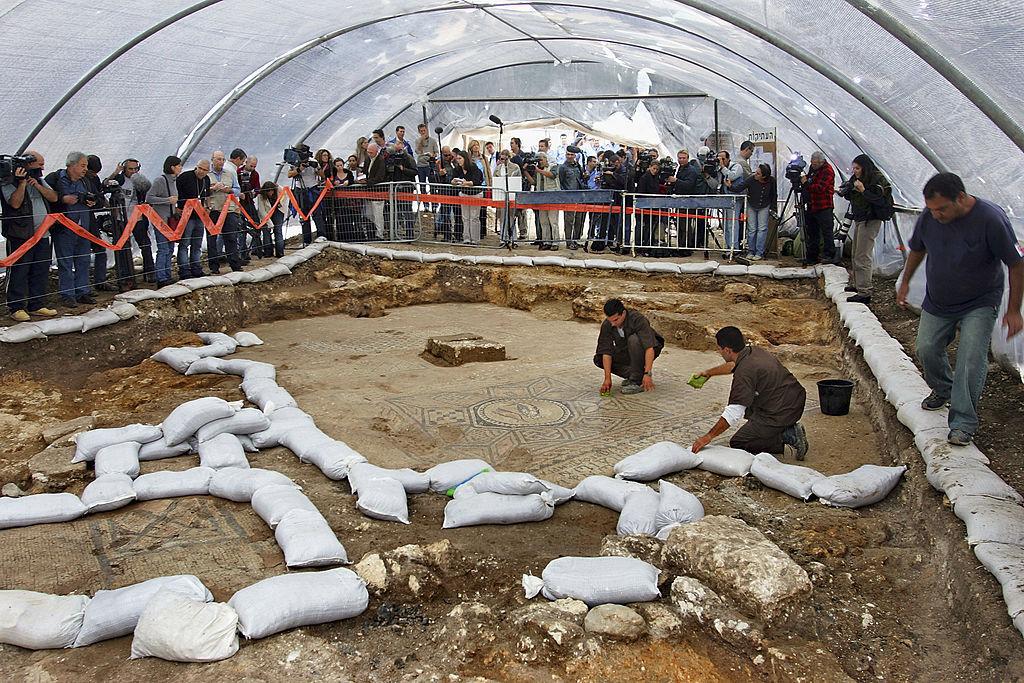
Source: David Silverman/Getty Images
And Matthew Adams, director of the archaeological research institute Center for the Mediterranean World, simply said, “It is seriously premature to move that mosaic,” as the academic study is nowhere near complete.
Mosaic Loan Has Political Consequences
Professor of archaeology at Tel Aviv University, Rafi Greenberg, explains that moving the mosaic from Israel to the USA is not only a questionable choice for Christians and archeologists, but also for the people of Israel.
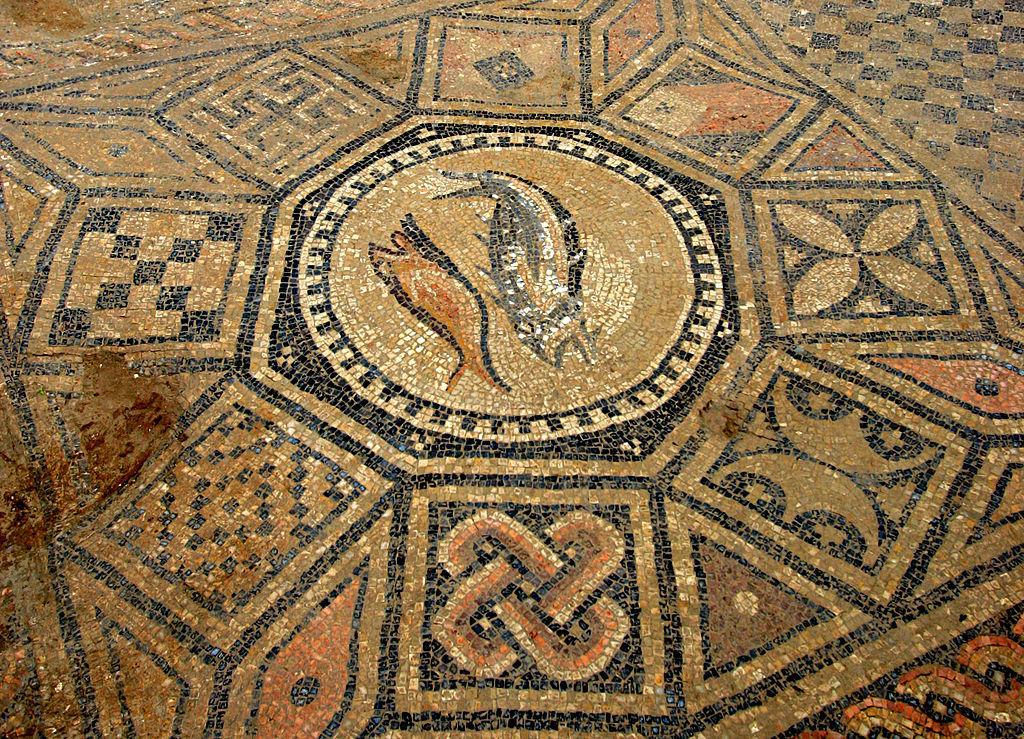
Source: David Silverman/Getty Images
“Even if Israel doesn’t ever recognize itself as being a colony, it is actually behaving like one, which I find odd. [Archeological finds] should stay where they are and not be uprooted and taken abroad to a different country and basically appropriated by a foreign power.”
Can People Visit the Megiddo Mosaic Now?
The mosaic has only become visible in the past few years due to careful excavation, and today, the Tel Megiddo archaeological site is accessible to visitors.
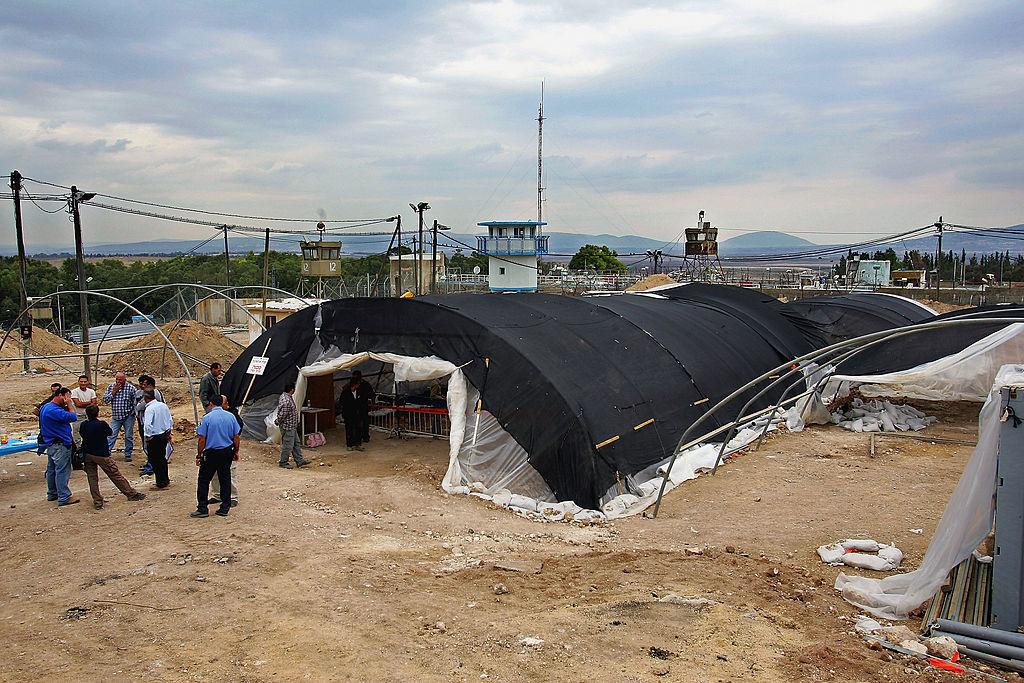
Source: David Silverman/Getty Images
Christians and historians in Israel can take one of the many buses to the site and pray or simply admire the mosaic where Armageddon is meant to take place. So while some argue that more Christians will be able to appreciate the mosaic if it’s in an American museum, others argue that if they truly want to see it, they can visit the original site instead.
When Will the IAA Decide?
Supposedly, the IAA is deciding in the coming weeks whether or not they will excavate the mosaic and move it to the Museum of the Bible. But no matter what they decide, the IAA will have more questions to answer.

Source: Israel Antiquities Authority
The IAA has not announced exactly what the terms of the loan to the Museum of the Bible would entail if it goes through. Though there are rumors that it will only be temporary, and that the Megiddo Mosaic will end up back in Israel after they complete the museum where it will stay.
